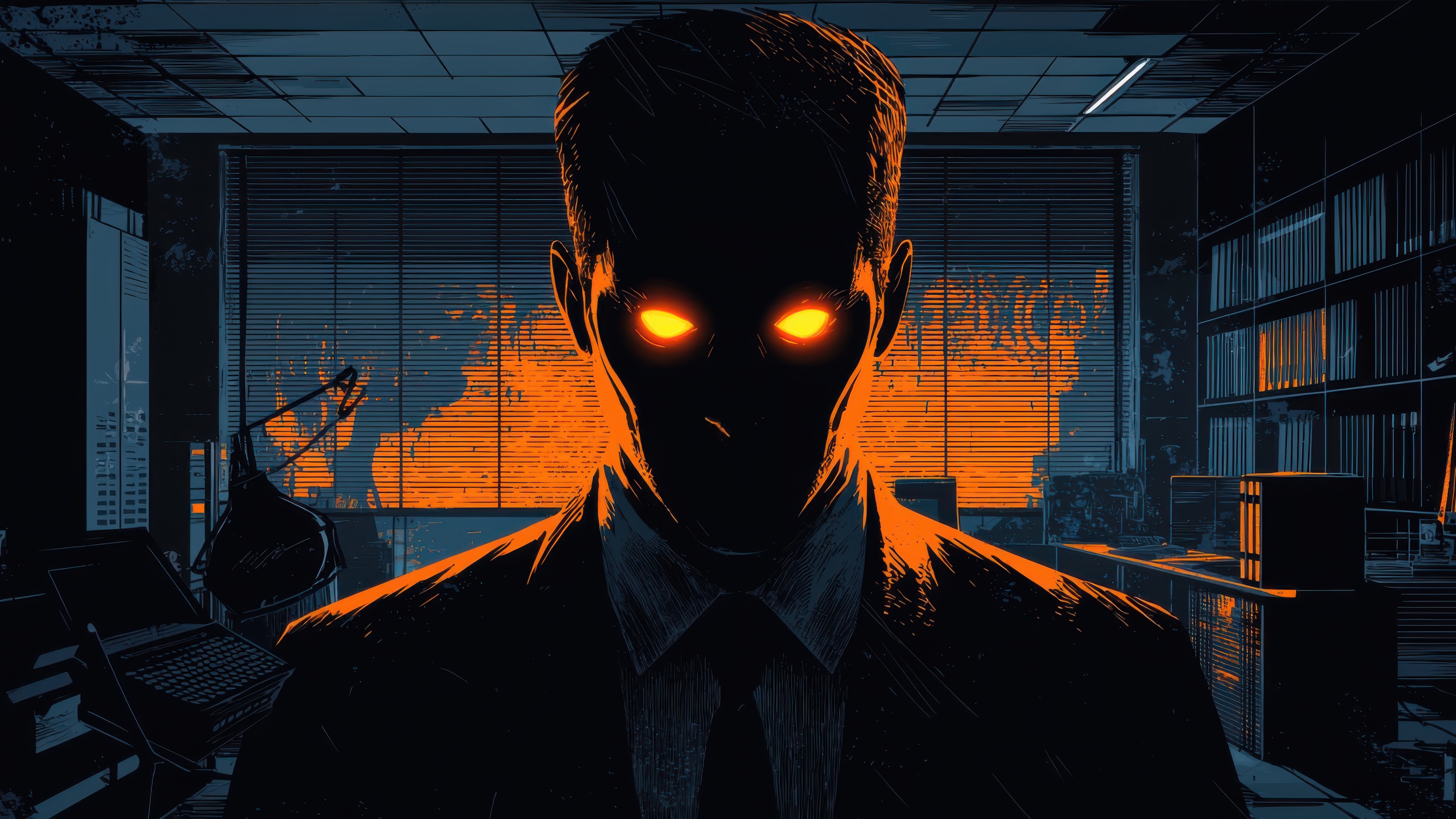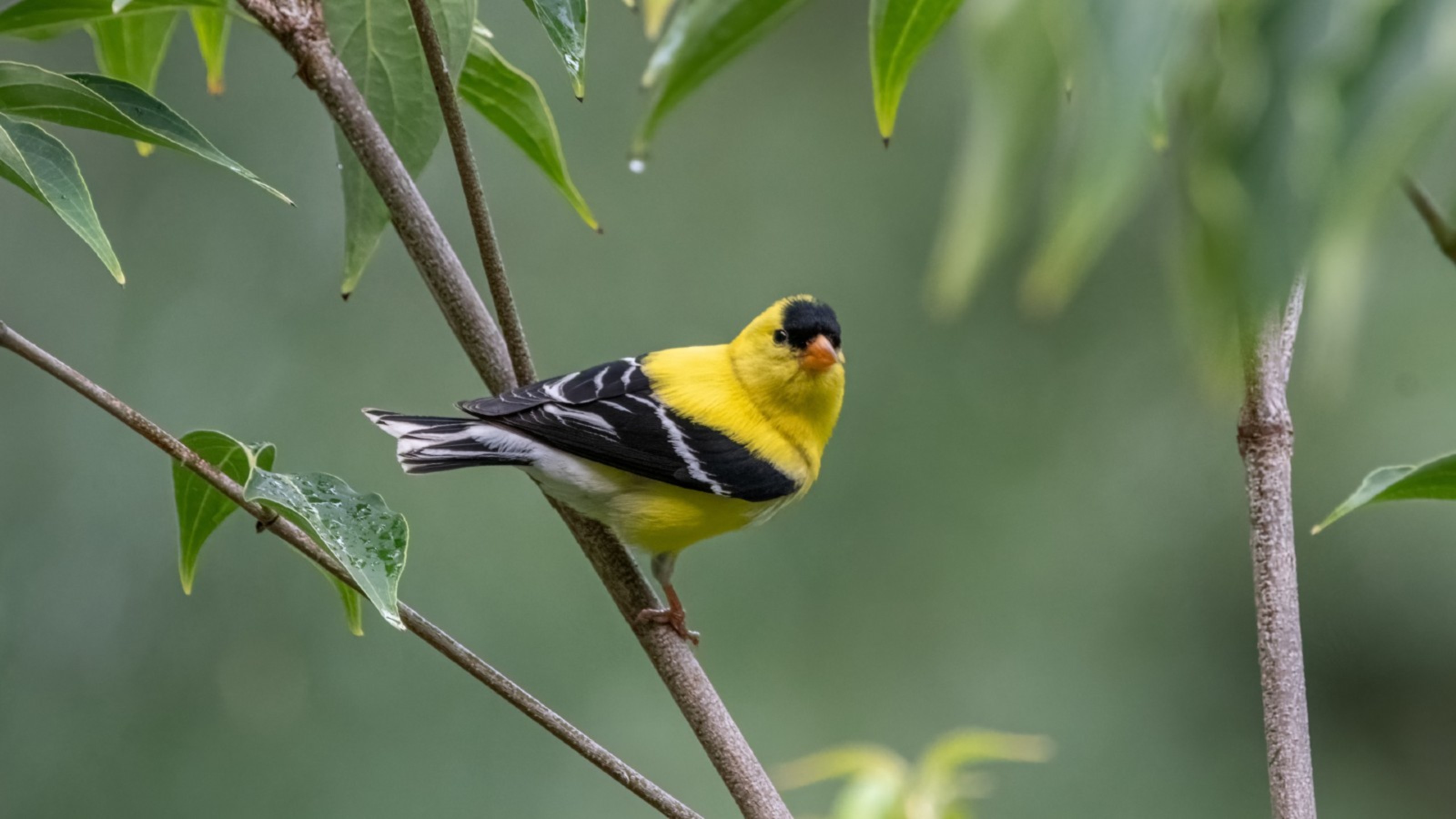The molecular biologist’s genome is the second to ever be sequenced. The results gave him some potentially life-saving information.
Question: You were the second person, after Craig Venter, to have your genome sequenced; what did you learn?
James Watson: Not much. I learned that I had a polymorphism, which meant that I metabolized some important drugs more slowly and therefore they would pose greater risk to me if I took too much of them. So that was a very useful fact. And so, if I was you know, suddenly to go psychotic and they gave me an anti-psychotic, unless they were careful they could kill me with it. And you know, you’d just think it was an overdose, but no, it was my genes.
Then I sort of confirmed my hunch that I digested milk poorly, that... if I had a large consumption of ice cream. And I had noticed something was strange when I was working out the DNA structure, I was having constant stomach pains which other people were saying, “Well you’re just nervous about racing or with Linus Pauling.” But it was in fact, I’m still trying to be like an American and drinking a quart a day. And by that time I had lost the... was losing the ability to digest lactose.
Question: What did you choose not to learn about your genome?
James Watson: I chose not to find out whether I had a serious risk for Alzheimer’s. And at the time, you know, it was a little murky. It’s getting much clearer now. So Craig Venter, who put his entire sequence on, it came out that he’s at risk. But he could probably define the risk better by looking at the sequence today as opposed to a few years ago.
Question: How much does it cost to sequence a genome today?
James Watson: Well, I think it’s still, to be honest, about $20,000. There’s always a question about how you do the accounting and so on, but the cost of the reagents that you put into the machine and how often do you use the machine. So, but there’s a lot who believe it’s going to fall by another factor of 10, certainly within 10 years and maybe a soon as three or four. At which point then, the cost of you know, sequence scanning will be essentially trivial and the whole cost will then go toward interpreting it.
Recorded on September 28, 2010
Interviewed by Paul Hoffman





